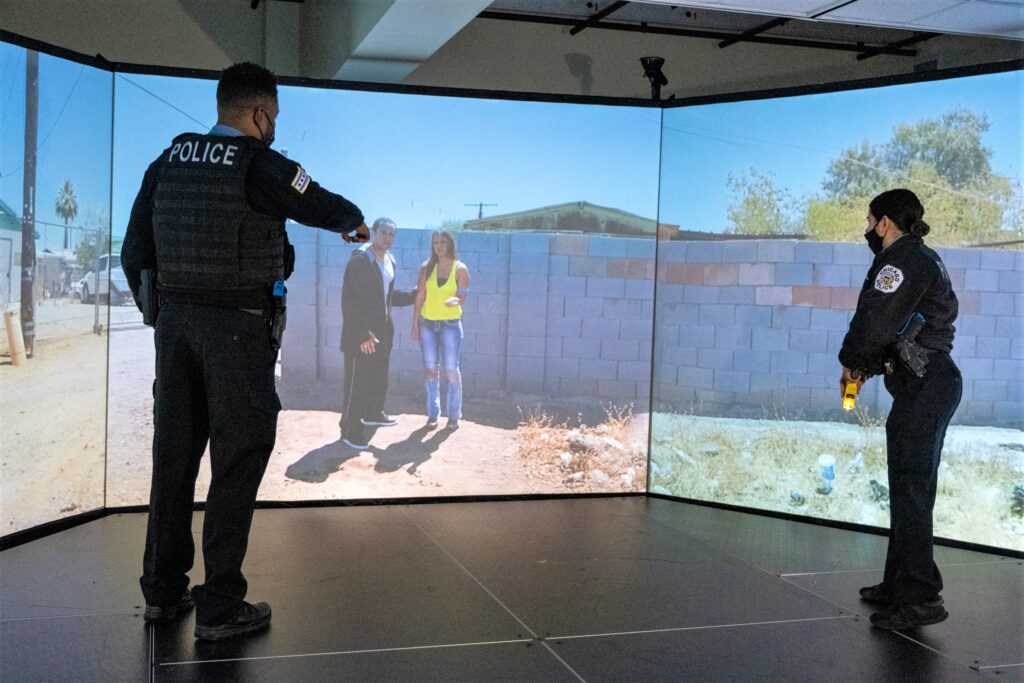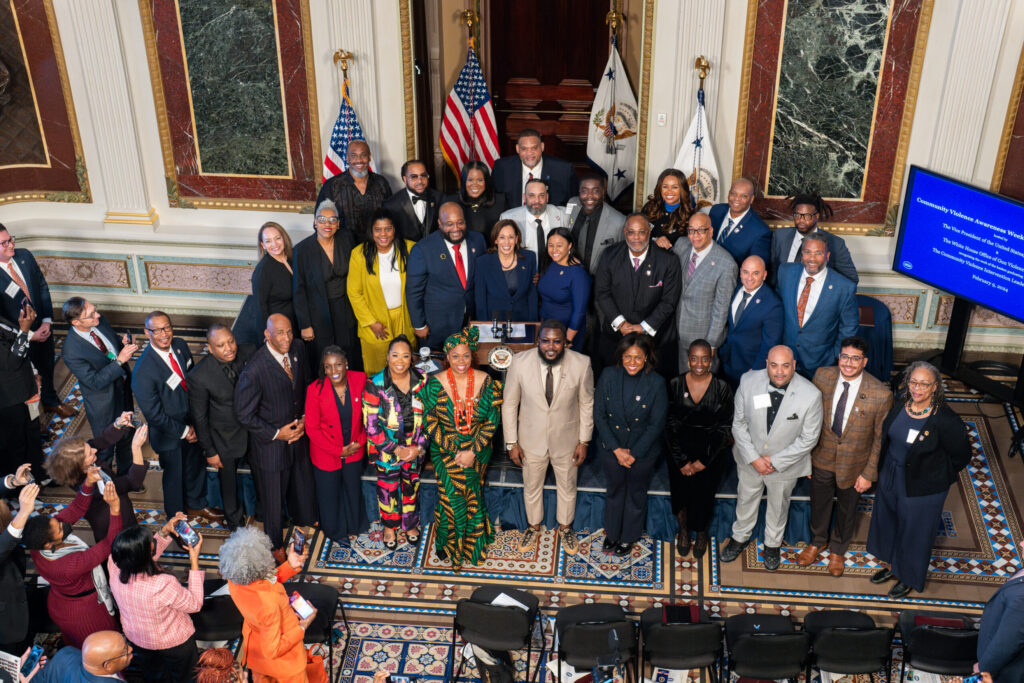Policing
If we want to address America’s gun violence epidemic and save lives today, fair and effective policing is essential. But for too many communities, we are failing to deliver that kind of policing.
While the homicide rate has decreased nationwide since its historic high in the 1990s, many of America’s most violent neighborhoods are experiencing higher rates of gun violence than ever before. This gun violence has exacerbated the safety gap in American cities and taken a devastating toll on communities of color. If we want to address America’s gun violence epidemic and save lives today, fair and effective policing is essential. But for too many communities, we are failing to deliver that kind of policing.
The Crime Lab works directly with police agencies and experts to evaluate interventions to improve officer training, strengthen department management, narrowly focus violence reduction efforts, and rebuild police-community relationships to make policing more fair and effective.
Our research found that when police department leadership changes, rates of violent crime and police use of force can drop at least 20-35% – proving that management matters.
Police officers who completed Sit-D, a training program designed and evaluated by the Crime Lab, engaged in 22% fewer uses of force for months after the training.
Community Safety Leadership Academies
The Community Safety Leadership Academies, composed of the Policing Leadership Academy and Community Violence Intervention Leadership Academy, aim to rigorously train the next generation of policing and community violence intervention leaders.

COVID-19 Technical Assistance
The Crime Lab partnered with the Chicago Police Department (CPD) and New York Police Department (NYPD) to develop data-based projections of the potential spread of COVID-19 among officers and the possible impact on policing activities.

Workforce Allocation Analysis
The Workforce Allocation (WFA) Analysis examined where personnel resources at the Chicago Police Department are allocated to improve efficiency, equity, and transparency in patrol staffing.

Situational Decision-Making (Sit-D)
The Crime Lab and the Chicago Police Department (CPD) partnered to create and evaluate a behavioral science-informed training that helps improve officer decision-making in ambiguous, high-stress situations.


Webinar- Situational Decision-Making: A New Training to Improve Policing
The Crime Lab hosted a webinar on the findings of our recently released study, A Cognitive View of Policing, which evaluated a pilot of the Situational Decision-Making (Sit-D) police training program.
NCGVR Webinar: Interventions to Improve Police Effectiveness
In a recent webinar hosted by the National Collaborative on Gun Violence Research, Oeindrila Dube presented her findings on the evaluation of Situational Decision-Making, while Philip Cook discussed the evaluation of the Chicago Police Department’s Area Technology Centers.
BFI Research Brief: A Cognitive View of Policing
Read the research brief published by the Becker Friedman Institute (BFI) for Economics at the University of Chicago.

NBER Working Paper: A Cognitive View of Policing
Read the working paper published by the National Bureau of Economic Research.
Latest Updates
Chattanooga Police Chief John Chambers Completes University Of Chicago Crime Lab’s Policing Leadership Academy
Chattanooga Police Department Chief John Chambers graduated from the University of Chicago Crime Lab’s Policing Leadership Academy, an education program dedicated to reducing violent crime and improving police effectiveness.

Vice President Kamala Harris Recognizes the CVILA at White House Ceremony

Chicago Police Make an Arrest in Only 20 Percent of Fatal Shootings
The Trace’s Rita Oceguera and Justin Agrelo highlight only 20% of fatal shootings in Chicago result in an arrest. Philip Cook, a professor emeritus of public policy and economics at Duke University, has been working with the University of Chicago’s Crime Lab to examine clearance rates and has noted a sharp decline in homicide clearance rates over the years.

